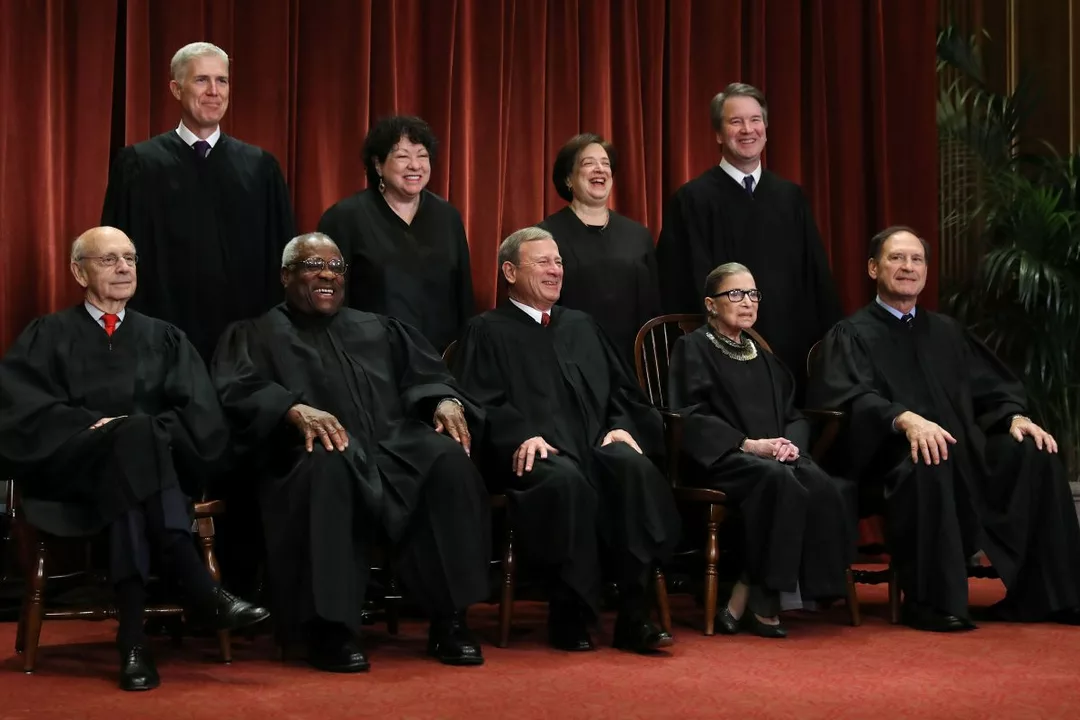Supreme Court News, Cases & How to File a Case in India
Wondering what’s happening at the highest court in the country? You’re in the right spot. We pull together the most talked‑about Supreme Court stories, explain why they matter, and give you the low‑down on filing a case directly in the court.
Recent Supreme Court Cases that Grab Attention
One headline that’s been buzzing is the Delhi High Court bail verdict for Umar Khalid, Sharjeel Imam and eight others. While the decision came from the High Court, the affected parties have already moved to the Supreme Court, turning the case into a litmus test for bail under the UAPA. If you follow political and legal drama, this is a must‑watch.
Another hot topic is the question of whether you can straightaway file a case in the Supreme Court. Most people think you can march in with a file folder, but the reality is a bit more layered. Generally, you have to work your way up through lower courts. There are a few exceptions, like disputes between states or certain fundamental right violations, where the Supreme Court can act as the first point of contact.
People also keep an eye on the court’s stance on big‑ticket items like the Asia Cup handshake row. Even though it’s a sports story, the legal angles—like whether the handshake protocol breaches any agreements—can end up in court discussions, sometimes even reaching the Supreme Court if a significant legal principle is at stake.
Can You File Directly in the Supreme Court? What the Rules Say
Short answer: most of the time, no. The Supreme Court is the final stop, not the first stop. Your case usually starts in a district court, moves to a high court, and only then can the Supreme Court look at it.
There are three main ways a case can bypass the lower courts:
- Original jurisdiction: Disputes between two or more states, or between the Centre and a state, go straight to the Supreme Court.
- Public interest litigation (PIL): If a matter affects a large section of people, a petition can be filed directly, but the court still checks if the issue meets its threshold.
- Fundamental rights violations: If a law or action clearly breaches a constitutional right, you can approach the Supreme Court for a writ of certiorari.
Even with these exceptions, the court often asks for a detailed background, supporting documents, and sometimes a lower‑court opinion to see if the issue truly merits its attention.
To start a petition, you’ll need a lawyer who’s authorized to practice before the Supreme Court. The filing fee is relatively low compared to other courts, but the paperwork can be dense. Make sure you include the relevant sections of the Constitution, any prior judgments, and a clear statement of the relief you seek.
Once submitted, the court may issue a notice to the other side, schedule a hearing, or sometimes dismiss the petition outright if it feels the case doesn’t qualify. It’s a high‑stakes game, so preparation is key.
Bottom line: unless your case fits one of the special categories, you’ll need to walk the ladder of lower courts before the Supreme Court will hear you. Knowing the routes and preparing solid documentation can save you time and frustration.
Stay tuned to this page for real‑time updates on Supreme Court rulings, upcoming hearings, and practical tips on navigating India’s top judicial arena. Whether you’re a law student, a citizen curious about your rights, or just want to keep up with the biggest legal headlines, we’ve got you covered.
Is the Supreme Court the most powerful judicial body on Earth?
In my opinion, the Supreme Court indeed holds the title of the most powerful judicial body on Earth. With its power of judicial review, it has the final say on the constitutionality of laws and government actions. The court's decisions have shaped societies and have had long-lasting impacts on various aspects of life. Moreover, the justices appointed to the Supreme Court serve for life, granting them the ability to influence the legal landscape for decades. However, it's important to remember that the court's power is still subject to the system of checks and balances, ensuring that no single branch of government becomes too dominant.
